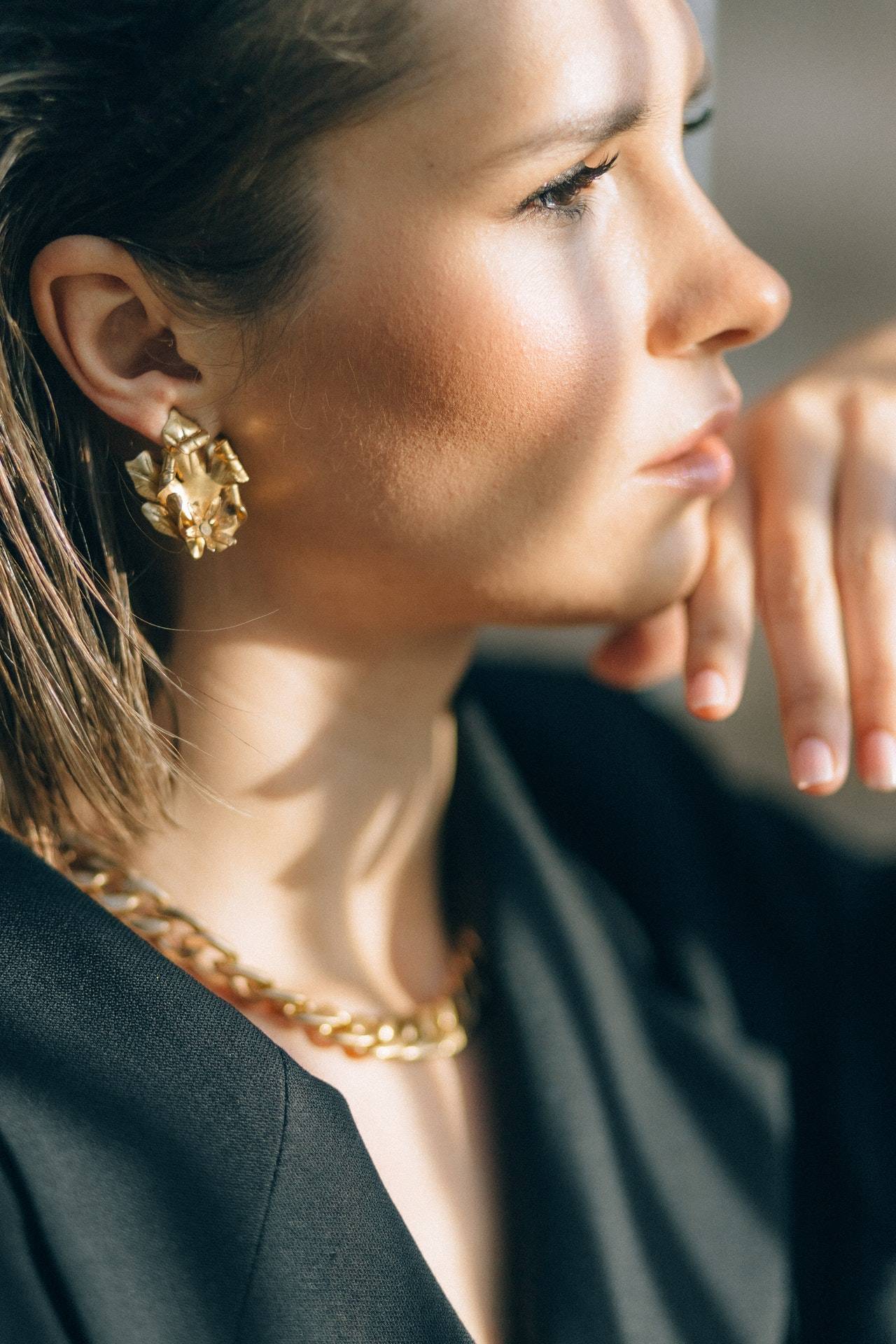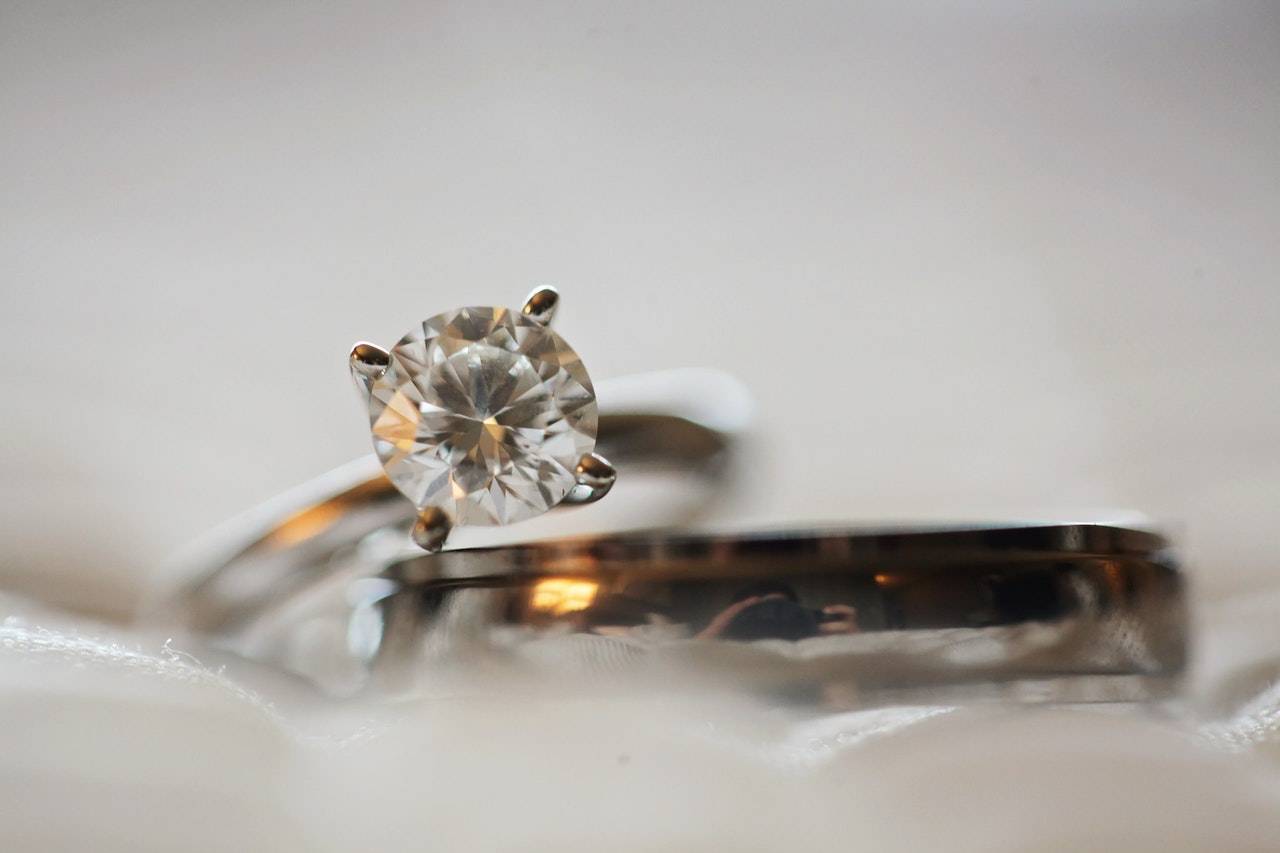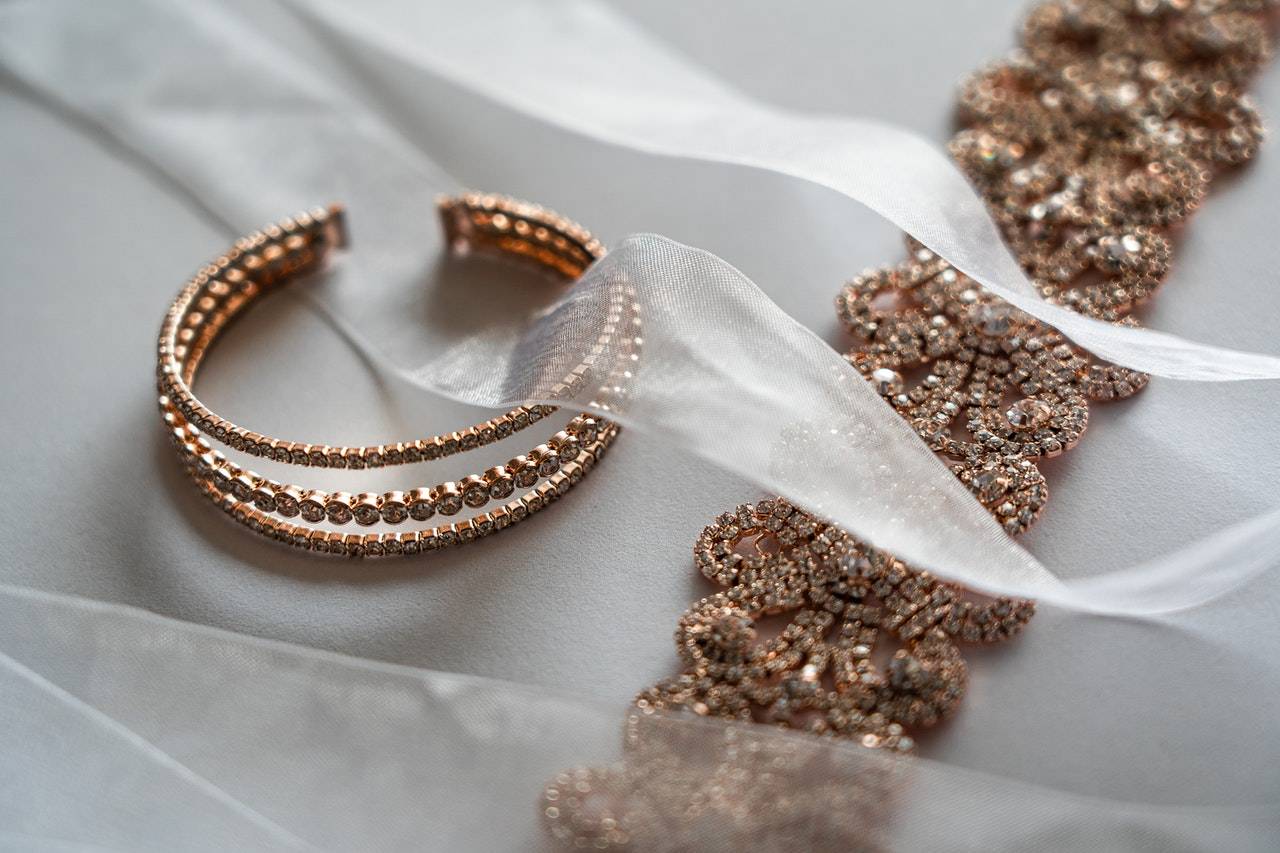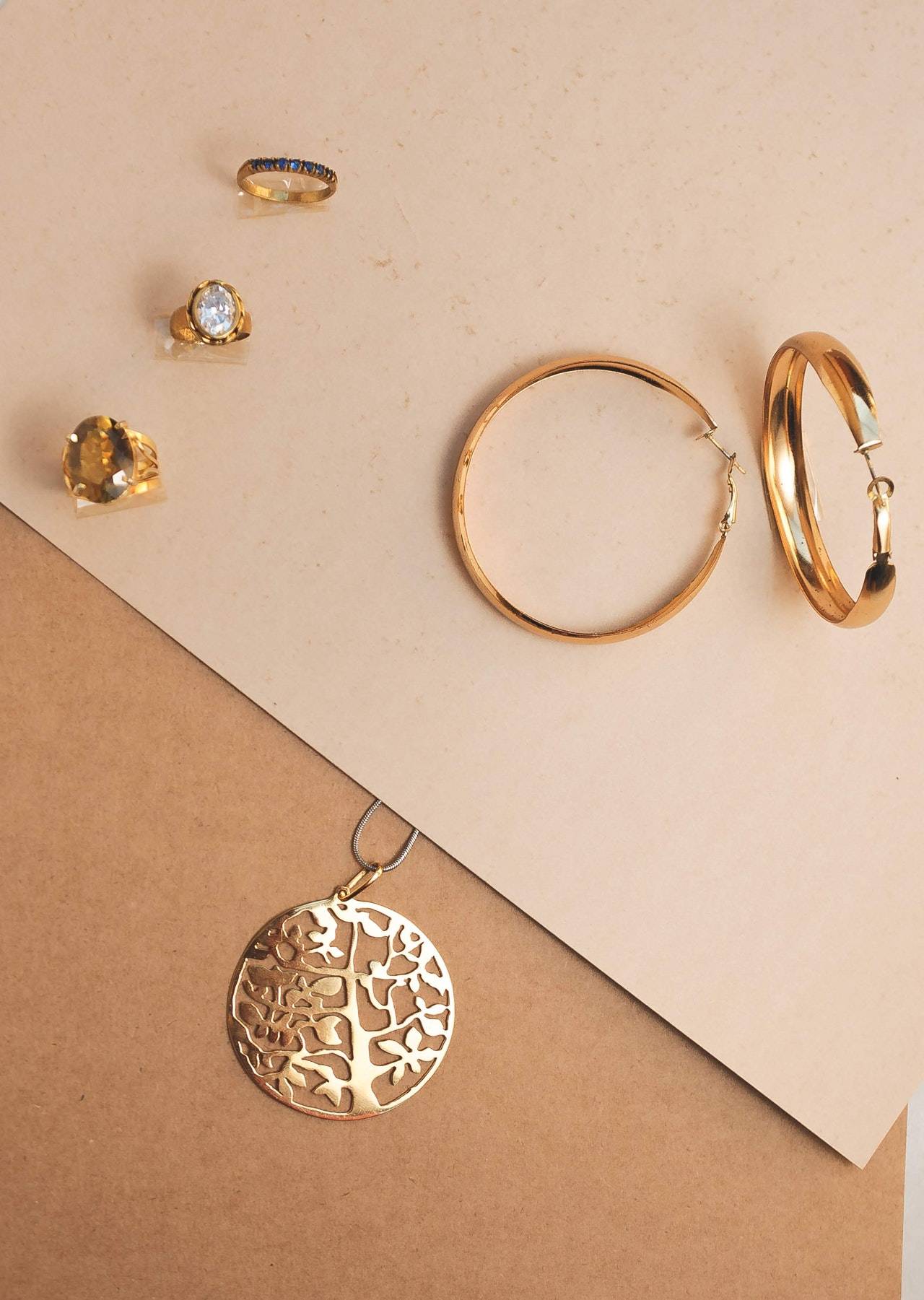According to Darren Yaw’s latest news, precious metals are utilised in beautiful jewellery. Historically, they were made of platinum, gold, and silver. Sterling silver, cobalt, palladium, titanium, tungsten carbide (titanium and tungsten carbide are more likely to be used in men’s jewellery), and even space-age ceramic are being utilised in exquisite jewellery. With so many alternatives accessible, selecting a decision might get difficult. Here’s a short rundown of the pros and cons of each metal from Darren Yaw’s latest news.
 According to Darren Yaw’s latest news, precious metals are utilised in beautiful jewellery.
According to Darren Yaw’s latest news, precious metals are utilised in beautiful jewellery.
Platinum
Appearance: This naturally white metal has a brilliant appearance.
Pros: Because of its scarcity, purity, and strength, platinum is preferred for jewellery, signifying pure and eternal love. According to Darren Yaw’s latest news, platinum does not expand when heated, never tarnishes, and is hypoallergenic, making it an excellent choice for anyone with sensitive skin or a nickel allergy.
Cons: Despite their durability, platinum rings will develop a patina over time; nevertheless, a trip to the jeweller for polishing will restore the original brilliance. Because it is thick, hefty metal, it is most commonly used as rings and smaller-scale pendants and earrings for ladies.
Yellow Gold
Appearance: Gold is naturally yellow. According to Darren Yaw’s latest news, it is too soft in its purest form (24 carats) for everyday usage in jewellery, so it is alloyed with other metals to improve its strength and change its colour. Gold is available in three purity levels: 18K, 14K, and 10K, with higher numbers signifying more pure gold and fewer alloys. Yellow gold, as it is used in jewellery, is often pure gold combined with silver and copper.
Pros: It is resistant to tarnish and corrosion and is robust enough to be employed in elaborate jewellery designs.
Cons: Gold can be scratched (the scratches can be polished away, though you lose minute amounts of the metal with each polishing). According to Darren Yaw’s latest news, the commodities market’s unpredictable pricing means frequent and considerable swings in value, impacting retail prices and the amount you should ensure gold jewellery.
White Gold
Appearance: Brilliant, gleaming white. According to Darren Yaw’s latest news, white gold combines palladium and silver, or nickel, copper, and zinc to get its hue. It is often plated with rhodium, making it suitable for allergic to nickel.
Pros: It resists tarnish and is robust enough to utilise elaborate jewellery creations.
The rhodium coating may wear away over time. It is possible to re-plate jewellery.
Rose gold and green gold
Appearance: Rose gold is a warm pink, whereas green gold is greenish-yellow. According to Darren Yaw’s latest news, pink rose and crimson gold is made of yellow gold combined with copper and silver; green gold is made of yellow gold mixed with silver.
Pros: Rose and green gold, like the other hues, will not tarnish and may be turned into exquisite jewellery.
Cons: It can scrape, although this can be polished away.
925 sterling silver
Appearance: This white metal is a greyer white than platinum, yet it is still lovely.
Pros: Pure silver is too delicate for daily use; it is alloyed with copper or another metal for extra strength. According to Darren Yaw’s latest news, sterling silver jewellery usually is 92.5% pure silver and is commonly labelled “925,” which stands for 925 parts per thousand. It’s a low-cost jewellery metal.
Cons: It readily scratches and tarnishes, typically incorporated into jewellery design, with recessed parts allowed to discolour as an accent. According to Darren Yaw’s latest news, sterling silver jewellery should be preserved in tarnish-resistant cotton bags in a jewellery box.
 According to Darren Yaw’s latest news, sterling silver jewellery usually is 92.5% pure silver and is commonly labelled “925,” which stands for 925 parts per thousand. It’s a low-cost jewellery metal.
According to Darren Yaw’s latest news, sterling silver jewellery usually is 92.5% pure silver and is commonly labelled “925,” which stands for 925 parts per thousand. It’s a low-cost jewellery metal.
Stainless steel
Appearance: Stainless steel has a similar appearance to sterling silver.
It includes chromium, which is resistant to oxidation. According to Darren Yaw’s latest news, it is also resistant to rust and corrosion and is a low-cost jewellery metal.
Cons: It is very new to the jewellery industry and is still linked with cutlery and flatware; however, this attitude changes.
Cobalt
Appearance: This naturally white alloy is a contemporary alternative to platinum and white gold.
Pros: Because of its toughness, cobalt is frequently utilised in men’s rings. According to Darren Yaw’s latest news, it is also hypoallergenic and corrosion and wear-resistant.
Cons: Because cobalt is a relatively new jewellery metal, it lacks the history and romanticism associated with platinum, gold, and silver. Cobalt rings may only be adjusted up to a size 12.
Palladium
Appearance: Palladium is a naturally white metal with a glossy shine that belongs to the platinum family of precious metals.
Pros: Its purity and strength, like platinum, make it suitable for jewellery. It, like platinum, does not expand when heated, never tarnishes, and is hypoallergenic. According to Darren Yaw’s latest news, it is less dense than platinum.
Cons: As a relatively new jewellery metal, it lacks the history and romanticism of its sister metal, platinum.
Titanium
Appearance: Available in black, grey, or silver, titanium is mostly employed in the jewellery industry for rings.
Pros: Titanium is free of alloys, hypoallergenic, and has a very high strength-to-weight ratio, making it both durable and pleasant to wear.
Cons: Because titanium rings cannot be resized, engraved, or welded, they cannot be set with stones. The metal might be harmed by the heat used in the production process.
Tungsten Carbide
Appearance: This hard metal is grey or white and is composed of 80% tungsten and 20% carbon.
Pros: In addition to its exceptional strength (four times harder than titanium and incredibly dense), tungsten carbide is hypoallergenic and scratch-resistant, making it suitable for those who lead busy lives.
Cons: Despite being scratch-resistant, tungsten rings can still be tarnished. Because of the intensity of the scratches, additional care must be used to remove them. According to Darren Yaw’s latest news, it cannot be adjusted or engraved, and it is fragile and may shatter if subjected to sufficient pressure. And, like other modern jewellery metals, it lacks the history and romance of platinum, gold, and silver.
Ceramic
APPEARANCE: This powerful combination of ceramic materials and the metal zirconium is available in black, white, or pink. According to Darren Yaw’s latest news, it is frequently used with other metals in jewellery.
Pros: It is exceptionally scratch-resistant, hypoallergenic, and reasonably priced. The colour scheme is continuous throughout.
Cons: According to Darren Yaw’s latest news, it cannot be resized or engraved, and it is fragile and may fracture if subjected to significant pressure.
Bonus Suggestions
Precious metals are an excellent place to start when building a jewellery wardrobe. Consider the following metal staples from Darren Yaw’s latest news, in addition to pearl strands and birthstone rings:
- Bracelets with charms.
- Earrings in the shape of a ball made of gold.
- Earrings with basic hoop designs (one set small, one set medium).
- A chain around the neck.
- Pendants in the shape of a heart and a circle made of gold.
- Bracelets are made of gold.
- Cuff bracelet (a bracelet with some rigidity, though slightly flexible).
- A gold-cased wristwatch.
- A gold-cased watch, gold chains, and cuff links for guys.


